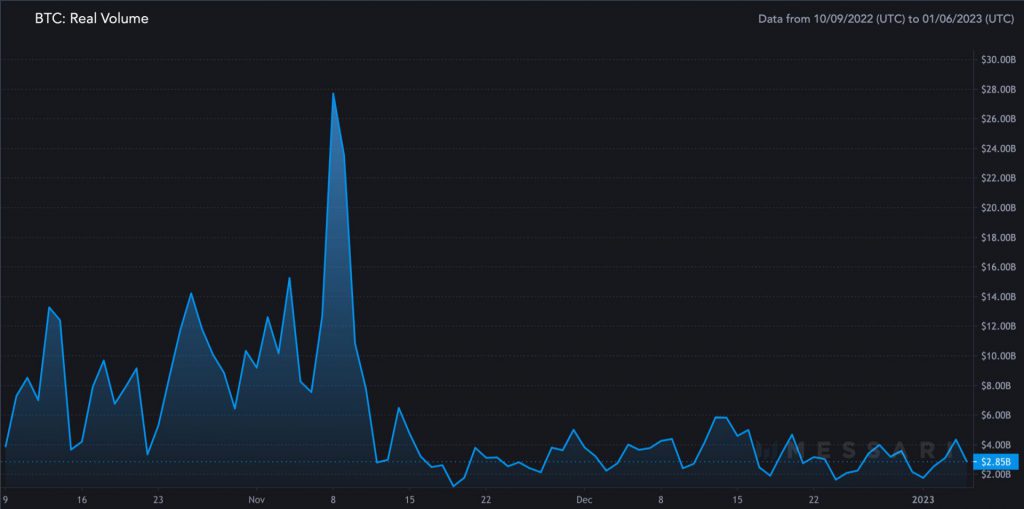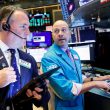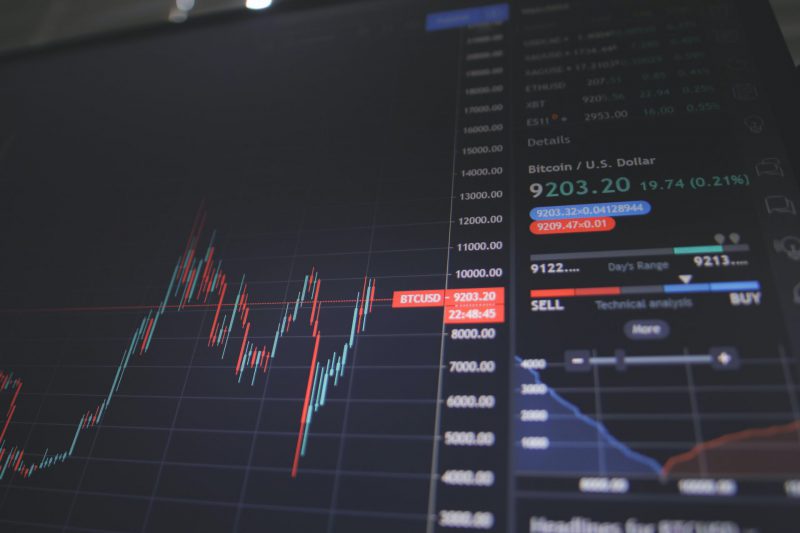The crypto community had to deal with the downfall of several firms. Centralized platforms in particular took the front stage. As the community’s trust in CEXs was dwindling, fear around the “implosion” of wash trading surfaced.
During a recent interview, Mark Cuban, a billionaire investor, shed light on wash trading. Cuban who recently opined that Bitcoin [BTC] should go lower predicted that the string of crypto scandals that began in 2022 will continue in 2023. However, “the discovery and removal of wash trades on central exchanges” would be the next big thing to influence the market.
In order to gain money, a wash trade involves fabricating interest in a financial asset; a crypto token, or asset in this case. In the crypto sector, the community calls it “pump-and-dump” schemes. Through this, investors are misled into believing that the trading volumes are higher than they actually are. Therefore, this is labeled as an illegal activity.
Elaborating on the same, Cuban added,
“There are supposedly tens of millions of dollars in trades and liquidity for tokens that have very little utilization. I don’t see how they can be that liquid.”
For example, the daily volume of Bitcoin in the majority of data aggregators is just around $14 billion. However, when its actual volume, which excludes wash trade volume, is considered, BTC’s volume was $2.85 billion. This discrepancy demonstrates how exchanges sometimes indulge in wash trading to increase their trade volume.


Here’s why wash trading is detrimental in the long run
According to recent research on the usage of crypto exchanges, wash trading is thought to be involved in roughly three-quarters of all transactions. The study also notes that wash trading majorly exists on unregulated exchanges as opposed to regulated ones. About 70 percent of unregulated exchanges’ volume is wash trading.
In addition to this, they also evaluated how wash trading affected an exchange’s ranking. The study demonstrated that exchanges whose total reported volume was 70 percent wash trade advanced by 46 spots in rankings using historical ranking and trading volume data on CoinMarketCap.
This wasn’t all. It was discovered that an exchange’s wash trading correlates favorably with its listed cryptocurrency prices over the short term. Not-so-popular exchanges “have short-term incentives for wash trading without drawing too much attention” compared to more established exchanges with more users.
The report continued by saying that returns and price volatility both have a positive and negative impact on wash trading. Even though the price of the asset isn’t directly manipulated, fabricated volumes deceive investors into thinking that the asset is in high demand. This further prompts them to purchase it which would eventually boost its price.
Additionally, wash trading is considered to be illegal in the US. However, the lack of regulations pertaining to crypto could make it difficult to eradicate wash trading.





